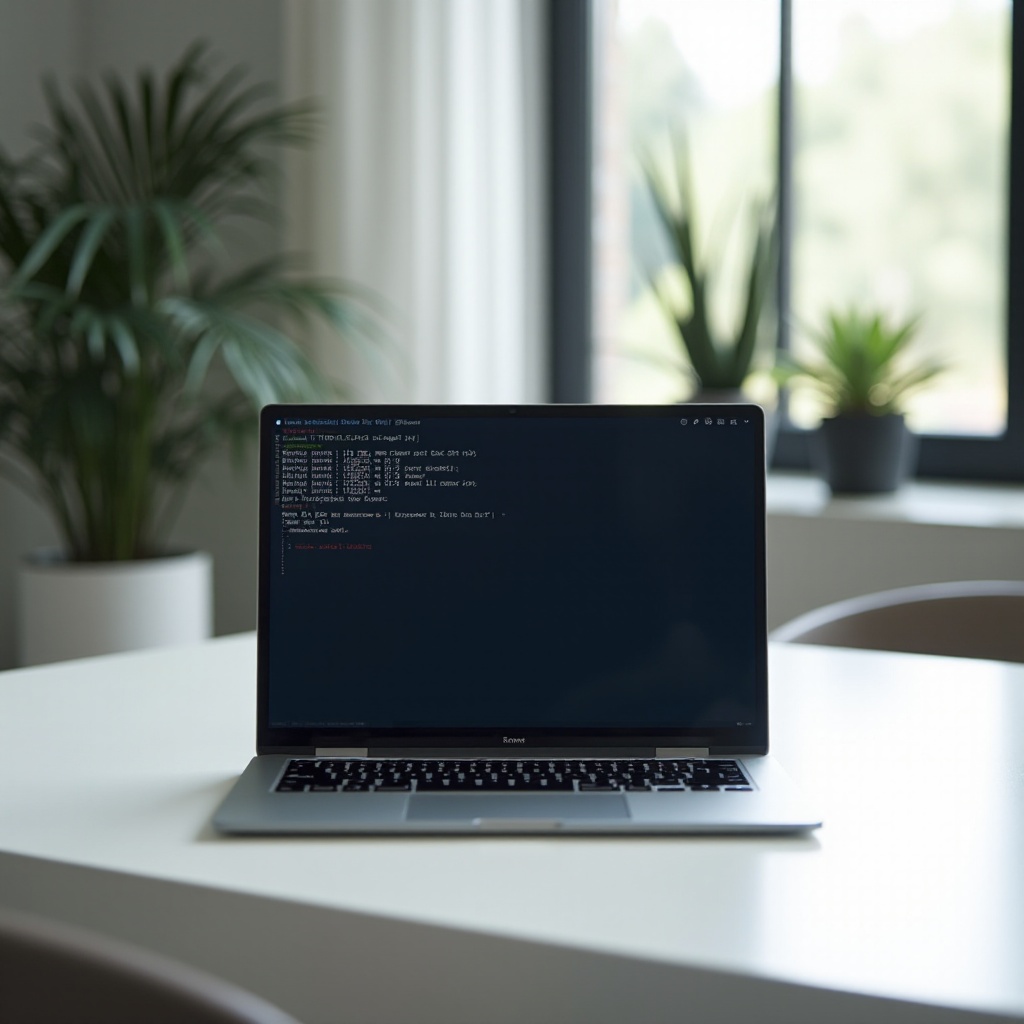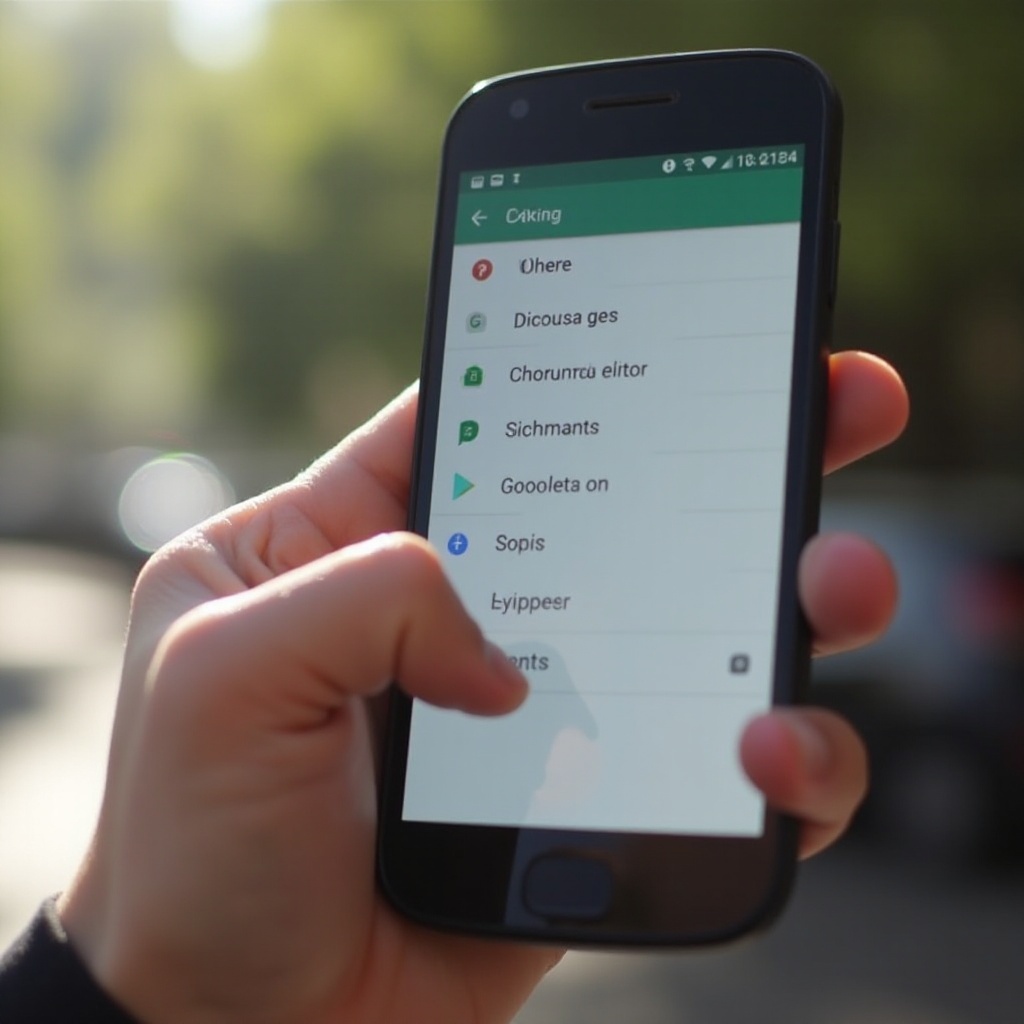Introduction
Opening an elevated prompt on a Chromebook allows administrators to access advanced features and settings that are typically restricted. Whether you’re troubleshooting complex issues, managing multiple user accounts, or running powerful Linux commands, knowing how to open an elevated prompt is crucial. In this guide, we’ll walk you through the steps necessary to gain admin access on your Chromebook by enabling Developer Mode and accessing the Linux (Beta) terminal.

Understanding Elevated Prompt on Chromebook
An elevated prompt, often referred to as a ‘root’ or ‘superuser’ prompt, provides users with higher-level permissions. This type of access allows you to execute tasks that would be restricted in standard user mode. On a Chromebook, gaining this elevated access involves switching to Developer Mode and utilizing the Linux (Beta) terminal.
Chromebooks are designed for simplicity and security, making it harder to misuse their capabilities. However, in IT management or advanced usage, the need to perform administrative tasks is common. This requires deeper system control to modify settings, install software, or access restricted files. Therefore, understanding how to switch between normal and elevated prompts is crucial for advanced Chromebook users.

Prerequisites and Preparations
Before diving into the process, ensure you have everything you need:
- Backup Your Data: Enabling Developer Mode will reset your Chromebook and erase local data.
- Ensure Proper Power Supply: The process can take some time, so ensure your device is charged.
- Stable Internet Connection: Required for setting up and updating Linux (Beta).
With these preparations, you’re ready to begin the process of enabling Developer Mode.

Enabling Developer Mode
Transitioning your Chromebook to Developer Mode is the first critical step. This mode will provide the necessary permissions for admin-level access. Here’s how:
- Power Off and On: Start by turning off your Chromebook. Then, turn it back on while holding the
Esc+Refreshkeys together. - Enter Recovery Mode: Once in recovery mode, press
Ctrl+D. This initiates the switch to Developer Mode. - Confirm Enabling Developer Mode: Your Chromebook will display a warning message. Press
Enterto confirm. The process will take about 10-15 minutes, and your device will reboot multiple times.
Upon completion, your Chromebook is set to Developer Mode. It’s important to note that each time you boot up the device, you’ll see a warning screen. You can bypass this by pressing Ctrl + D.
Accessing the Linux (Beta) Terminal
With Developer Mode enabled, you can now access the Linux (Beta) terminal. This terminal allows you to run a variety of Linux commands and software on your Chromebook.
- Enable Linux (Beta): Go to
Settings>Developersand find the option to turn on Linux (Beta). - Install Linux: Follow the on-screen prompts to install Linux, which will take a few minutes.
- Launch Terminal: Once installed, you can open the terminal from the
App Drawer.
Gaining Elevated Prompt Access as Admin
Now that Linux (Beta) is set up, let’s gain elevated prompt access:
- Open the Terminal: Open the terminal app from your Chrome OS.
- Switch to Superuser: Type
sudo suto switch to the superuser mode. This command gives you root access. You may be prompted to enter your password. - Verify Access: To confirm you are in elevated prompt mode, your terminal prompt should change to
root@localhostor a similar identifier.
This access grants you the ability to perform administrative tasks, install software, and leverage the full power of Linux commands.
Troubleshooting Common Issues
Sometimes, issues may arise during this process. Here are some common problems and their solutions:
- Developer Mode Warning: If you find the constant warning on startup bothersome, use
Ctrl+Dto bypass it swiftly. - Lost Data: Always back up important files before enabling Developer Mode, as it wipes the device.
- Terminal Not Opening: Ensure Linux (Beta) is installed correctly. If problems persist, restart your Chromebook and try again.
Best Practices and Safety Tips for Admin Users
With great power comes great responsibility. Here are some tips:
– Be cautious with commands in superuser mode. Incorrect commands can alter system functions.
– Always keep your system updated. This ensures security patches and updates are applied.
– Regularly backup your data. To avoid loss, particularly before making significant changes.
Conclusion
Gaining access to an elevated prompt on Chromebook as an admin opens up a new world of possibilities for advanced users. By following the steps outlined, you can enable Developer Mode, set up Linux (Beta), and access the terminal with elevated permissions safely and efficiently. Although powerful, use these capabilities judiciously to maintain the integrity and security of your device.
Frequently Asked Questions
What is an elevated prompt on Chromebook?
An elevated prompt provides higher-level permissions, allowing users to execute administrative tasks and access restricted files.
Is Developer Mode safe to use?
While Developer Mode offers advanced capabilities, it also reduces some security features. Always back up data and follow safety practices.
How do I revert to normal mode from admin mode?
To revert, restart your Chromebook. On seeing the warning screen, press `Space` to re-enable OS verification and exit Developer Mode.


